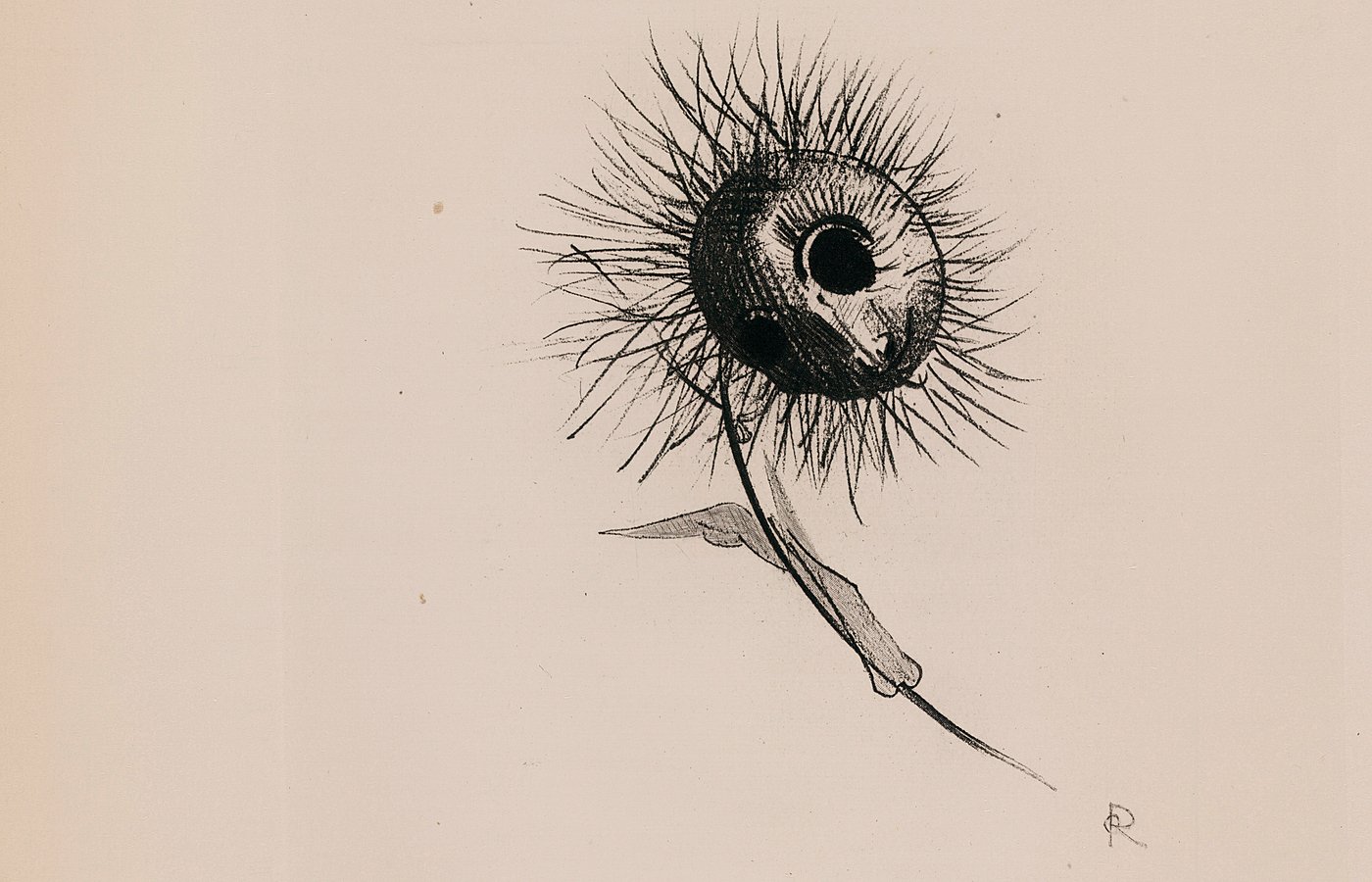The Accursed Poet
The infamous French poet, Charles Baudelaire, was listed among the “poètes maudits”—the accursed poets—of nineteenth century France. He only published one collection of poems in his lifetime, Les Fleurs du mal, which was met by outrage and led to a scandalous lawsuit because of some poems’ graphic content. The problem with Baudelaire, however, was not so much that he was writing about sex, drunkenness, and violence; it was that he wrote about ugly things—at times horrible things—while using the classical perfection of the French verse, and merged the longing for a lost ideal with the modernity of Haussmanian Paris. As such, Baudelaire's art is not about gruesome indecency, but about acknowledging horror as a non-negotiable part both of the human condition and of the creation of the self. Baudelaire coined the phrase, “Spleen et idéal”—this oxymoron is, in fact, the title of a section in Les Fleurs du mal—and the opposition between the horror and the ecstasy of life is one that runs throughout his oeuvre. Indeed, it serves as a kind of poetic principle, informing his description of contemporary, realistic scenes.
This lecture will focus on two sonnets, “À une passante” and “Recueillement,” both of which feature contemporary settings. The first is about a missed encounter with a fleeting figure; the second is a lyric speaker’s crepuscular meditation on his own pain while the sun sets behind the bridges of the Seine. These two poems will offer emblematic examples of Baudelaire’s poetic technique and his philosophical heritage, and will help to explain why, although he died in utter misery, he was one of the most influential artistic figures of the century that followed.
The poems and their translations:
"À une passante"
"Recueillement"
About the Speaker
Marie Kawthar Daouda is an author and a lecturer in French language and literature at the University of Oxford. Her research focuses on the artistic representations of good and evil in periods of political and religious crisis, such as those seen in Roman decadence, pre-Revolutionary France, the late-19th Century, and the 1930s. She also engages in the public debate on freedom of speech, race, and artistic heritage, and defends the necessity of preserving the past as a school of thought, and of making what we know of it integrally available to all.



